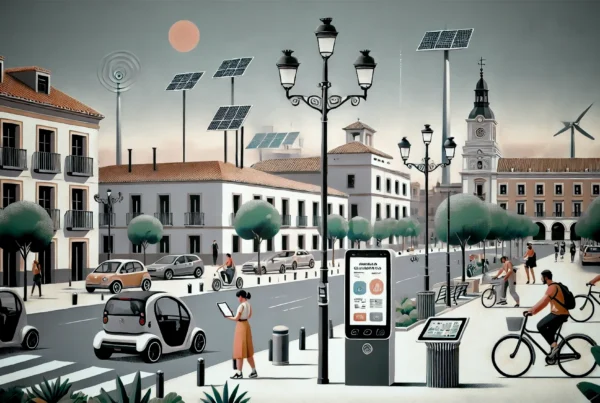A digital twin is an advanced, dynamic digital representation of an existing real-world entity or system. It functions as a virtual mirror, where an object, process, organization, individual or other abstraction is reflected in a detailed software model, capturing its characteristics, states and behaviors. The essence of a digital twin lies in its ability to synchronize with its physical counterpart, enabling real-time interaction between the digital and real worlds. This is achieved through sensors and connectivity technologies that constantly send data to the digital twin, keeping it up to date.
Thus, it serves as an essential tool for analysis, simulation, optimization and prediction. Furthermore, when multiple digital twins are combined, it is possible to obtain a broader and more complex perspective, such as a digital representation of an entire city, integrating various interacting processes, systems and entities. In essence, digital twins provide a platform for innovation and continuous improvement, transforming how we understand and relate to the environment around us.


